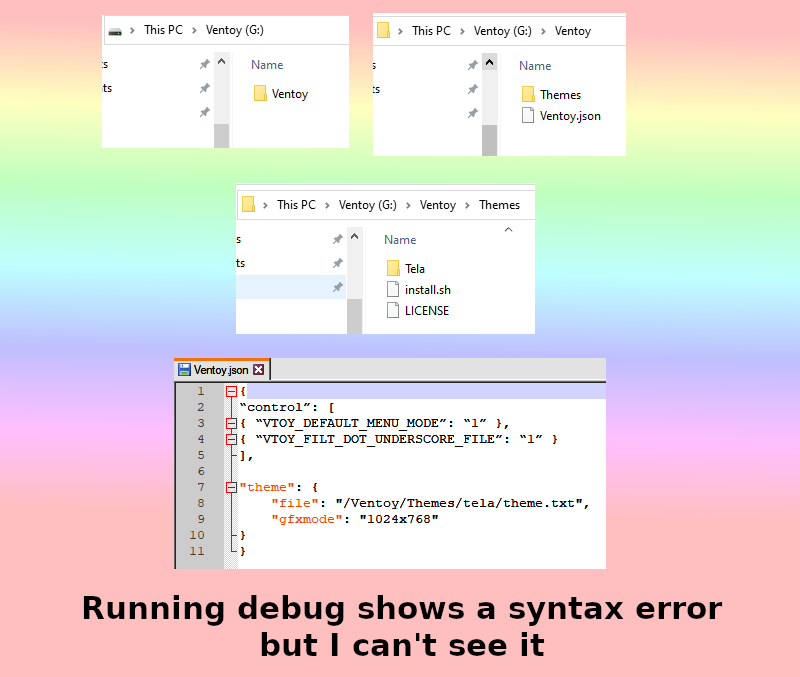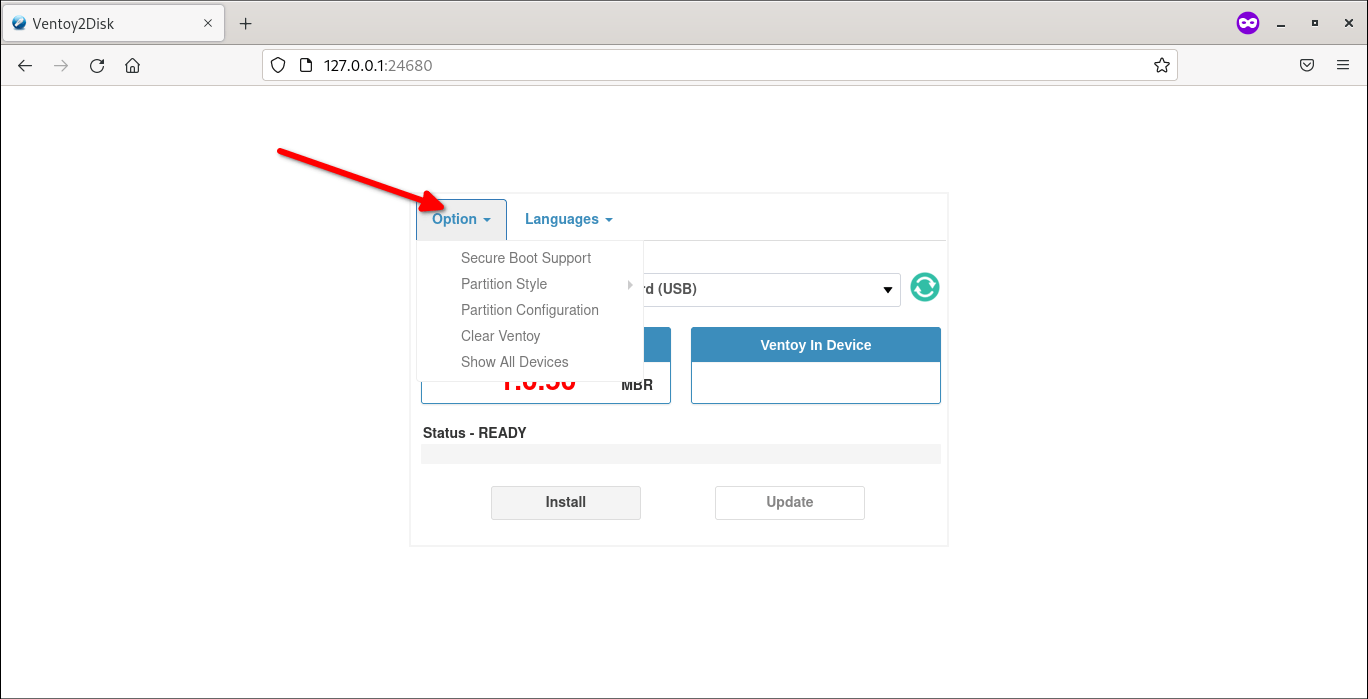

A common path is typically /dev/sdc, but yours may differ. For this, you can use either lsblkĮither of these two commands will list the directory path of your USB. We will then need to find the directory path of the USB drive that we will be using. In your working directory, download and extract the tarball from the downloads page located here. I will be working in my home directory, but feel free to work in whatever directory you'd like.

By creating a multiboot flash drive, you will be able to effectively carry operating systems on the go, allowing for great versatility when you need to constantly switch between different operating systems.įirst, we will download and extract the Ventoy tarball into some directory of our choosing.

The tool that we will be using to create our bootable flash drive is Ventoy. It is easy to create a bootable flash drive right from the Linux command line, just make sure that you have a spare USB to use as making a USB bootable often deletes the data on the USB that was there, to begin with. Creating a bootable flash drive allows you to install operating systems on any desktop you want while on the go, making it useful for those that have to constantly install operating systems in different locations.


 0 kommentar(er)
0 kommentar(er)
